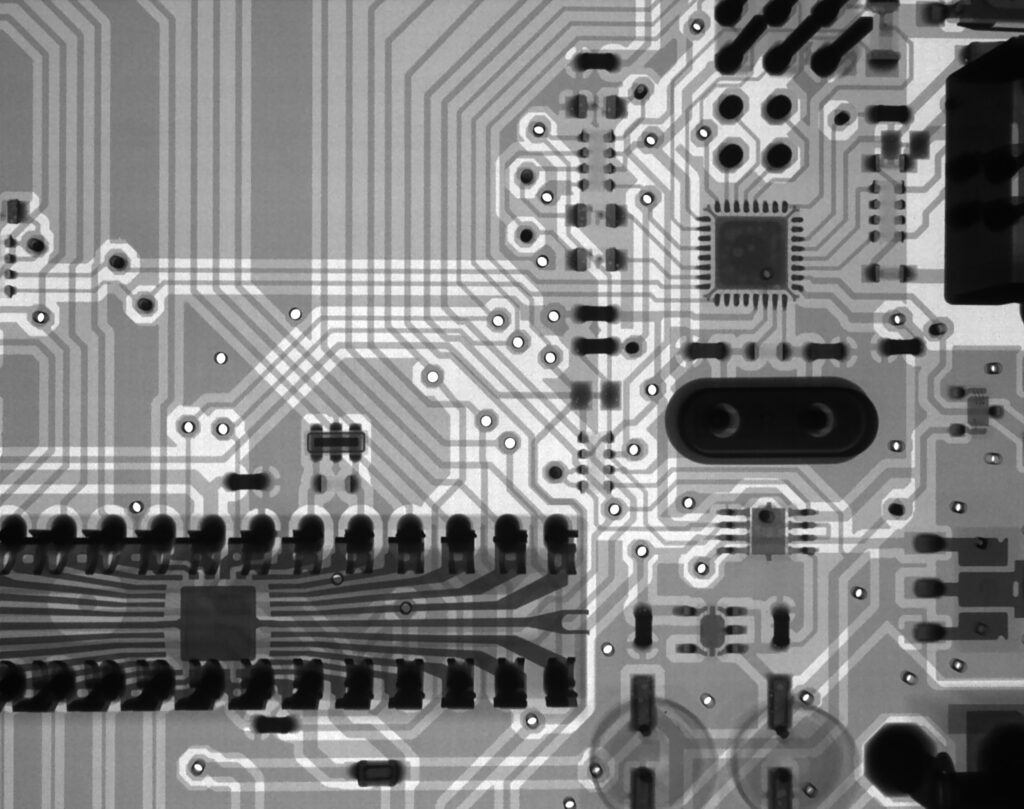
Two fintech companies filed for initial public offering late last year – the first being Ant Financials, followed by Lufax, a Ping An Insurance Group subsidiary listed on the New York Stock Exchange. While Ant Financials didn’t eventually go public, its prospectus as well as Lufax’s are valuable resources through which investors can gain insights into the little-known territory of financial technologies.
One of the most frequently asked questions from investors is, “Will digital banks pose a serious threat to traditional banks?” It seems logical to assume so. After all, the rise of novel online business models has pushed many traditional industries to the brink. Most notably, print media and retailers have been under stress due to the shift.
The business model of banks, however, are far more complicated than that of print media or retailers. To begin with, banks are highly leveraged by nature, their influential role in the economy also makes them one of the most regulated industries worldwide. Despite the challenges they face, we think incumbent traditional players are well positioned to defend against emerging internet banks.
Firstly, banks are asset-heavy, so the business models most internet companies have readily adopted – which require only light capital commitment while providing high returns – may not be feasible for digital banks.
Typically banks make money by providing various forms of loans. And they also source income from offering financial services such as facilitating wire transfer, securities transactions and foreign exchange trading. Indeed, internet financial institutions can potentially replace banks in providing similar services. But it’s another story in the loan services department.
For example, the balance sheets of small and medium-sized banks in Hong Kong are made up of various loans and securities holdings, which, combined, are nine times their core capital[1]. This means that a bank needs to increase its core capital by a dollar for every additional 9 dollar of assets it holds. So even if a digital bank is able to expand loan businesses within a short span of time, it would need to amass enough core capital to be compliant of existing regulatory requirements. It also affects the rate at which a bank can grow and that of the return on capital. Understandably, operating a digital bank is entirely different from running a capital-light internet firm in practice.
Moreover, Ant Financials and Lufax are among the Chinese fintech firms that are faced with regulatory challenges despite their capital-light business models. The central government capped the maximum interest rate for personal loans at 24%[2]. In addition, the days when fintech companies operated solely as a loan facilitator is over – they will need to fund no less than 30% of co-lending loans[3]. Such rules, in our view, are likely to curb the growth of these businesses to a certain extent.
Secondly, banks have to bear the cost of bad debt on top of operating cost – a fate from which digital banks can’t escape.
Internet banks may be able to stay lean without being weighed down by the expense of supporting a wide network of brick-and-mortar service points, but traditional banks these days have already shifted most services online, leaving only those that require a face-to-face setting, such as private wealth management, to physical shops. As for the cost of bad debt, we think digital banks hardly have an edge over traditional banks unless they are able to get hold of a unique dataset that provides them accurate insights into borrowers’ credit worthiness.
Take the most common home loan as an example. In other parts of the world, banks would normally send inspectors to conduct due diligence on a property prior to approving a mortgage application for it. Given that the land constitutes only a portion of the overall property value, in the case where the property is a shoddy construction, the mortgage may be undercollateralized if it is benchmarked against the value of surrounding properties. So far, we haven’t seen this being automated among digital banks to reduce costs.
The existence of digital banks in the UK goes further back in time compared with those in Hong Kong, so we took some time to study the annual reports of Monzo Bank to understand its operation model. Interestingly, according to the annual report published in February 2020, Monzo Bank saw deposits grow by 1.5 times within a year, but most were still parked in central banks, while consumer loans accounted for only 7% of its total assets[4]. Monzo Bank also set aside around 14% of consumer loans as expected credit losses, which sat far above traditional banks4. Such level of preparedness shows that, managing credit loss expenses can be trickier than one might have thought.
[1] Source: The Bank of East Asia Annual Report 2019, CMB Wing Lung Bank Annual Report 2019, as of April 2021
[2] Source: Chinanews.com, as of April 2021
[3] Source: Southern Metropolis Daily, as of April 2021
[4] Source: Monzo Bank Annual Report 2020, as of April 2021
Disclaimer
This document is based on management forecasts and reflects prevailing conditions and our views as of this date, all of which are accordingly subject to change. In preparing this document, we have relied upon and assumed without independent verification, the accuracy and completeness of all information available from public sources. All opinions or estimates contained in this document are entirely Zeal Asset Management Limited’s judgment as of the date of this document and are subject to change without notice.
Investments involve risks. Past performance is not indicative of future performance. You may lose part or all of your investment. You should not make an investment decision solely based on this information. Each Fund may have different underlying investments and be exposed to a number of different risk, prior to investing, please read the offering documents of the respective funds for details, including risk factors. If you have any queries, please contact your financial advisor and seek professional advice. This material is issued by Zeal Asset Management Limited and has not been reviewed by the Securities and Futures Commission in Hong Kong.
There can be no
assurance that any estimates of future performance of any industry, security or
security class discussed in this presentation can be achieved. The portfolio
may or may not have current investments in the industry, security or security
class discussed. Any reference or inference to a specific industry or company
listed herein does not constitute a recommendation to buy, sell, or hold
securities of such industry or company. Please be advised that any estimates of
future performance of any industry, security or security class discussed are
subject to change at any time and are current as of the date of this
presentation only. Targets are objectives only and should not be construed as
providing any assurance or guarantee as to the results that may be realized in
the future from investments in any industry, asset or asset class described
herein.



